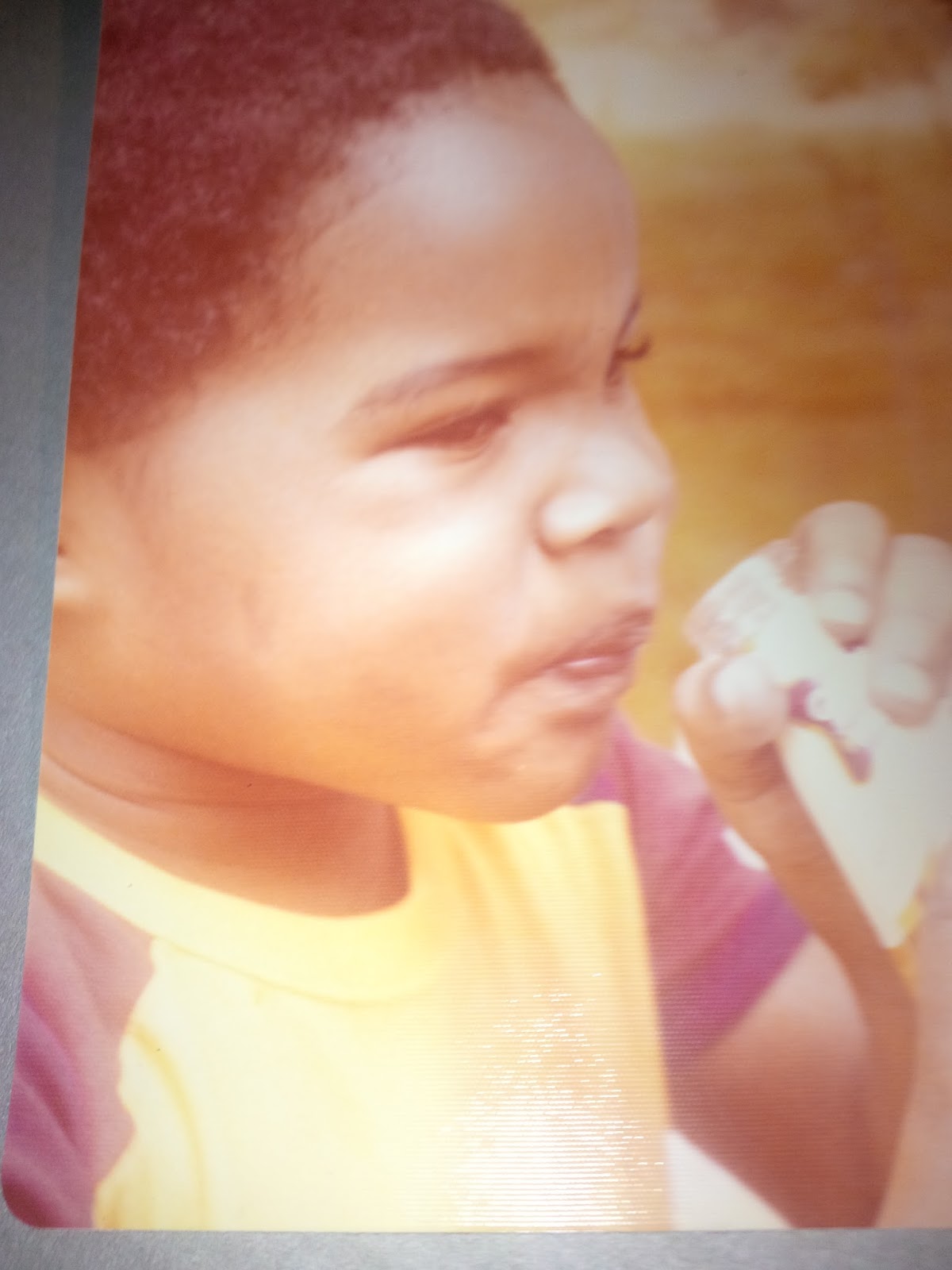

Her skeleton challenged core beliefs about how we became human, how our ancestors split from the other apes, how we came to stand upright, how we evolved our nimble hands, and whether the savannas were truly the crucibles of humanity as depicted in countless museum dioramas and textbooks. The more I learned, however, the more unsettled I became because Ardi seemed to refute so many prevailing theories about evolution.Īrdi was an inconvenient woman, one who disturbed scholars of human origins more than many cared to admit. Initially, I did not intend to write much about Ardi, which I envisioned as just a bit of background to the more interesting drama later in human evolution.

In 2012, I flew out to the University of California at Berkeley to meet one of the world’s most successful fossil hunters, and talk about his most recent major discovery-a 4.4-million-year-old skeleton of the species Ardipithecus ramidus, nicknamed Ardi. My journey started when I became intrigued by an ancient cold case-the oldest known skeleton of a member of the human family. This book is a history of science and a detective story about the most fundamental mystery of all: where did we come from? Like any good mystery, it begins with a body. In Fossil Men, acclaimed journalist Kermit Pattison brings us a cast of eccentric, obsessive scientists, including White, an uncompromising perfectionist whose virtuoso skills in the field were matched only by his propensity for making enemies Gen Suwa, a Japanese savant whose deep expertise about teeth rivaled anyone on Earth Owen Lovejoy, a onetime creationist-turned-paleoanthropologist with radical insights into human locomotion Berhane Asfaw, who survived imprisonment and torture to become Ethiopia’s most senior paleoanthropologist Don Johanson, the discoverer of Lucy, who had a rancorous falling out with the Ardi team and the Leakeys, for decades the most famous family in paleoanthropology.īased on a half-decade of research in Africa, Europe and North America, Fossil Men is not only a brilliant investigation into the origins of the human lineage, but the oldest of human emotions: curiosity, jealousy, perseverance and wonder.Ĭhapter 5: The Farthest Outpost of HumankindĬhapter 13: The Whole World Wants to KnowĬhapter 30: Return to the Zoo of the Unknown But the discovery of Ardi wasn’t just a leap forward in understanding the roots of humanity-it was an attack on scientific convention and the leading authorities of human origins, triggering an epic feud about the oldest family skeleton.


When finally revealed to the public, Ardi stunned scientists around the world and challenged a half-century of orthodoxy about human evolution-how we started walking upright, how we evolved our nimble hands, and, most significantly, whether we were descended from an ancestor that resembled today’s chimpanzee. Radiometric dating of nearby rocks indicated the resulting skeleton, classified as Ardipithecus ramidus-nicknamed “Ardi”-was an astounding 4.4 million years old, more than a million years older than the world-famous “Lucy.” The team spent the next 15 years studying the bones in strict secrecy, all while continuing to rack up landmark fossil discoveries in the field and becoming increasingly ensnared in bitter disputes with scientific peers and Ethiopian bureaucrats. It is the ultimate mystery: where do we come from? In 1994, a team led by fossil-hunting legend Tim White uncovered a set of ancient bones in Ethiopia’s Afar region. A work of staggering depth." - Minneapolis Star TribuneĪ decade in the making, Fossil Men is a scientific detective story played out in anatomy and the natural history of the human body: the first full-length account of the discovery of a startlingly unpredicted human ancestor more than a million years older than Lucy In this, he is every bit as good as the best scientist writers." - New York Times Book Review (Editors' Choice) Pattison's uncanny ability to write evocatively about science.


 0 kommentar(er)
0 kommentar(er)
